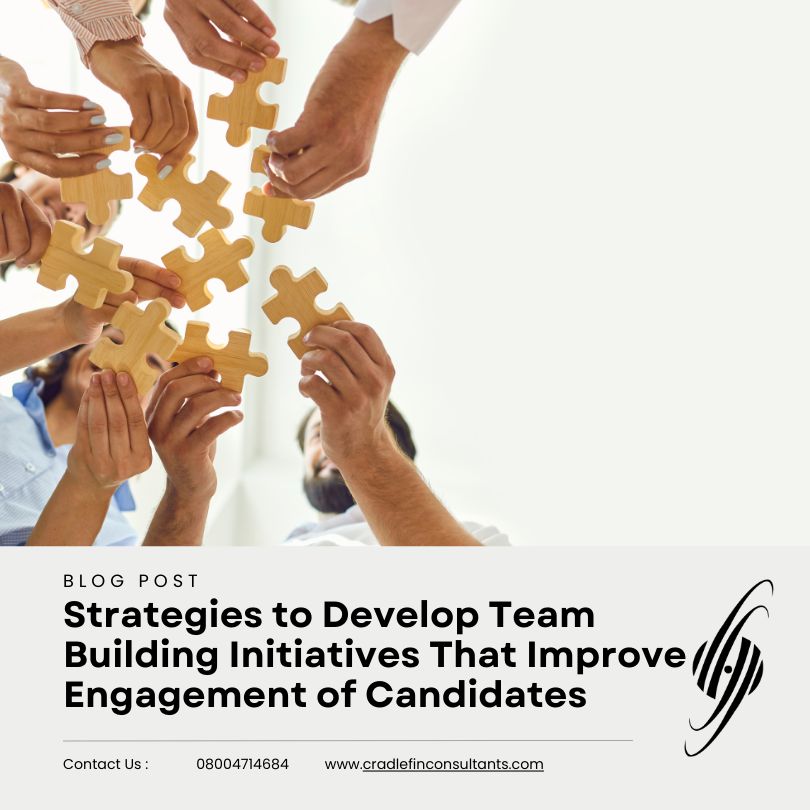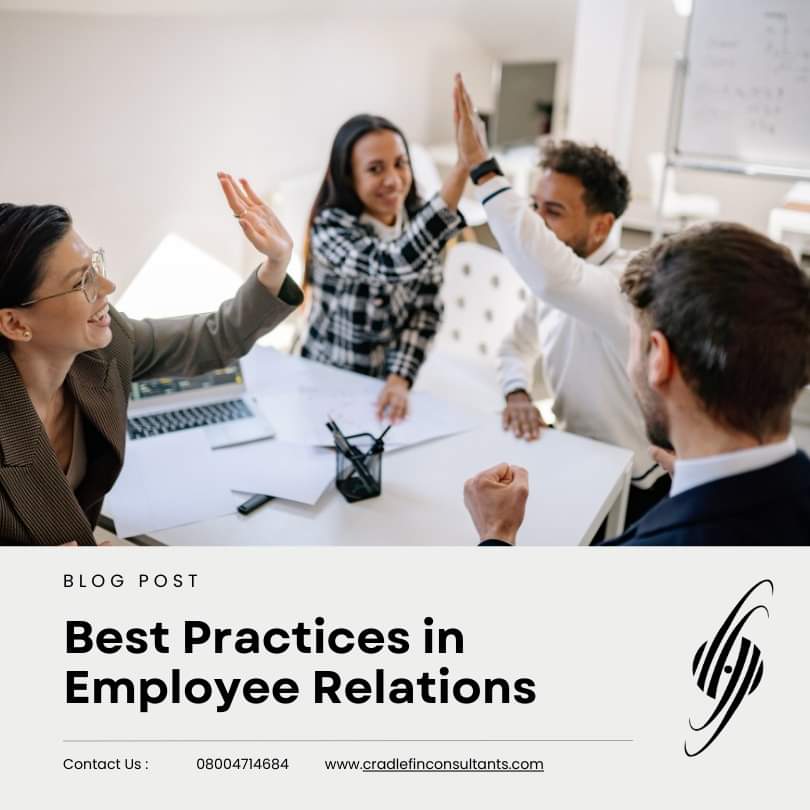Ever sent an email that got totally misunderstood? Maybe it caused a delay on a project, or worse, hurt feelings. Work email is important. It has to be clear and easy to read. This article shows you how to write better emails. It covers clarity, tone, and how to keep things organised. You’ll learn how to write emails that get results.
Understanding the Fundamentals of Effective Work Email
Effective work email means clear, productive communication. It’s about getting your message across. You also want to do it without wasting time. A good email helps everyone stay on the same page. It gets things done right. This helps prevent misunderstandings.
Clarity and Conciseness: Getting Your Point Across Quickly
Clear writing is key to saving time. So is getting straight to the point. Make your subject lines specific. Use language your reader understands. Don’t use jargon if they don’t know it.
- Actionable tip: Use specific subject lines. “Meeting Time Change” is better than “Update.”
- Actionable tip: Avoid jargon. Technical terms can confuse people.
- Example: “Project X – Deadline Extended to Friday” is a clear subject line.
Tone and Professionalism: Maintaining a Positive Image
How you say things matters. Keep your tone professional. It reflects on you and your company. Always proofread your emails. Check for errors. Make sure they’re written well.
- Actionable tip: Proofread! Catching errors makes you look more professional.
- Actionable tip: Avoid all caps. It looks like you’re shouting.
- Example: Instead of “URGENT! NEED THIS NOW!”, try “Please provide this document by end of day.”
Structuring Your Emails for Maximum Impact
How you structure your email matters. A good structure keeps readers engaged. The info is easier to understand. Keep the structure logical.
The Power of a Clear Subject Line
A clear subject line is vital. People decide if they’ll open the email based on it. Use keywords in your subject line. Keep it short. Subject lines can have a big impact.
- Actionable tip: Use keywords. They help people find your email later.
- Actionable tip: Keep it short. Aim for six to ten words.
- Example: Test different subject lines. See which ones get more opens.
Body Paragraphs: Organizing Your Message Logically
Organize your email into short paragraphs. Use bullet points or numbers to break up text. One idea per paragraph is ideal. This helps readers focus.
- Actionable tip: Use bullet points. They make info easier to scan.
- Actionable tip: Keep paragraphs short. Three or four sentences is perfect.
- Example: Subject: Project Y Update Body:
- Meeting rescheduled to Tuesday
- Revised budget attached
- Please review and provide feedback by Friday
Mastering the Art of Email Etiquette
Good email etiquette means being polite and professional. It includes responding promptly. It also includes using CC and BCC correctly.
Responding Promptly and Appropriately
Reply to emails as soon as you can. If you’re out of office, set up an auto-reply. Let people know when to expect a full response.
- Actionable tip: Set up an auto-reply. It manages expectations.
- Actionable tip: Acknowledge receipt. Let people know you got their email.
- Example: “Thank you for your email. I’m currently out of the office and will respond upon my return on Monday.”
Managing CC and BCC: Who Needs to Know?
Use CC sparingly. Only include people who need to be in the loop. Use BCC when sending to large groups. This protects their privacy.
- Actionable tip: Use CC when needed. It keeps relevant people informed.
- Actionable tip: Use BCC for privacy. Protect recipients’ email addresses.
- Example: CC your manager on a project update. BCC a list of clients for a newsletter.
Avoiding Common Email Mistakes
Avoid common email mistakes. These mistakes can make your emails confusing. Also avoid “reply all” unless necessary. Don’t send emotional emails.
The Perils of “Reply All”
“Reply all” can clutter inboxes. Only use it when everyone needs to see your response. A direct reply is often better.
- Actionable tip: Think before hitting “reply all”. Does everyone need this info?
- Actionable tip: Consider a direct reply. It keeps inboxes clean.
- Example: Someone asks a specific question. Only reply to them, not everyone on the thread.
The Dangers of Emotional Emails
Never send an email when you’re angry. Take a break first. Ask a colleague to review it. Make sure it sounds professional.
- Actionable tip: Cool down first. Don’t send emails when upset.
- Actionable tip: Get a second opinion. A colleague can spot potential issues.
- Example: Write the email, save it, and review it later.
Email Management for Productivity
Managing your email can save you time. Prioritize important emails. Filter out the rest. Set boundaries. Disconnect when you need to focus.
Prioritizing and Filtering Emails
Use filters to sort your email. Schedule time to check your inbox. Focus on important emails first.
- Actionable tip: Use email filters. Sort emails automatically.
- Actionable tip: Schedule email time. Avoid checking it constantly.
- Example: Filter emails from your boss or important clients into a special folder.
Setting Boundaries: When to Disconnect
Set clear expectations. Let people know when you’re available. Turn off notifications when you need to focus.
- Actionable tip: Set expectations. Tell people when they can expect a response.
- Actionable tip: Turn off notifications. Focus without distractions.
- Example: “I check email twice a day, at 10 AM and 4 PM. If it’s urgent, please call.”
Conclusion
Effective work email communication boosts your work. Clear, concise, and professional emails prevent errors. Mastering these skills helps you succeed. Put these tips into practise, and watch your productivity soar.






